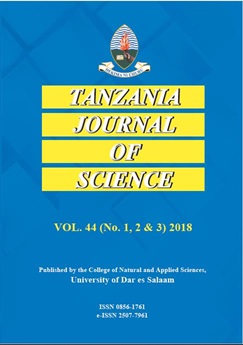Geometric Morphometric Comparison of Abu Mullet, Planiliza abu (Heckel, 1843) Populations in Bushehr Basin, Iran
Abstract
Many fish behavior and habitats could be defined based on the fish morphology, thus, using the fish body shape, in addition to its genetic characteristics, could be used to infer the type of fish habitat and its characteristics. This study aimed to compare the body shapes of five populations of abu mullet, Planiliza abu (Heckel, 1843), in Bushehr basin using geometric morphometric method. Some 162 specimens from Hendijan, Genaveh, Helleh, Kaki and Mond rivers were used. Three morphometric characters, total length (TL), fork length (FL) and standard length (SL) were measured. Samples were photographed from the left side, then 18 landmarks were digitized using ImageJ software. Data obtained from Procrustes were analyzed by multivariate analysis using PCA and CVA. The results of PCA analysis showed significant differences between Kaki and other populations (P < 0.0001). The CVA analysis of the studied populations showed that the highest Mahalanobis and Procrustes distance was between the Hendijan and Kaki populations. The major differences observed were in head length, body height, caudal peduncle length, dorsal and pelvic fins position. It seems that the Hendijan and Kaki populations are distinct from others that might be due to environmental or genetic differences which could be cleared by molecular analysis.
Keywords: Geometric morphometry; Landmark; Morphological properties; Procrustes analysis


